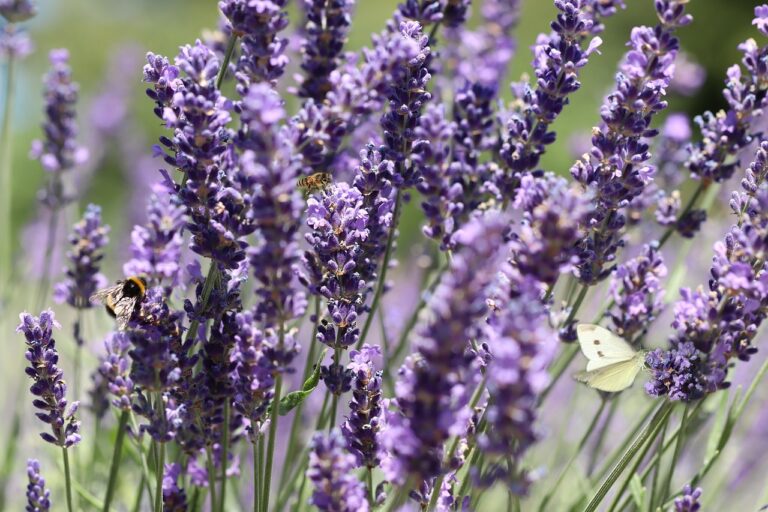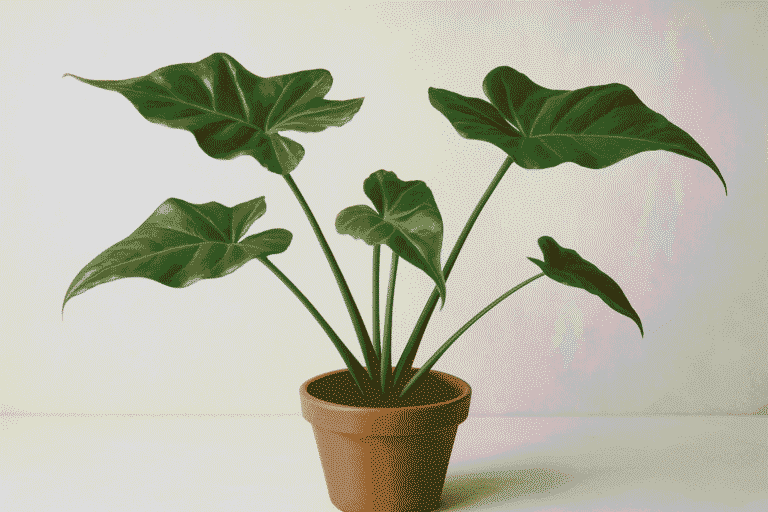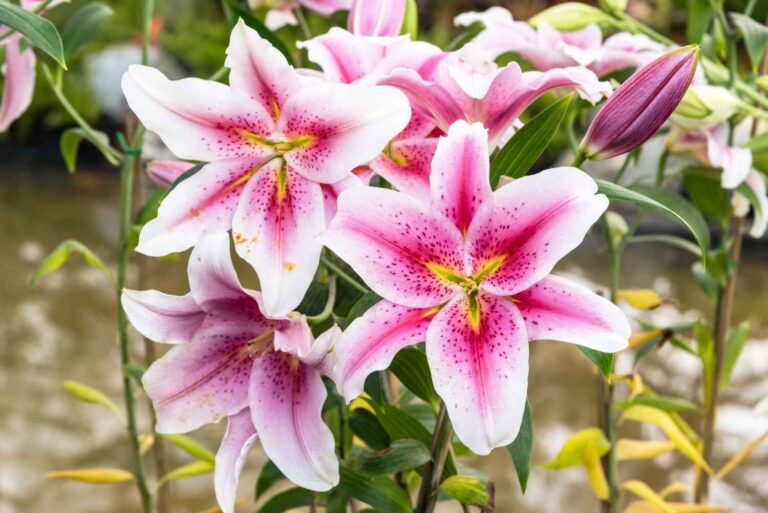White Fungus on Plants
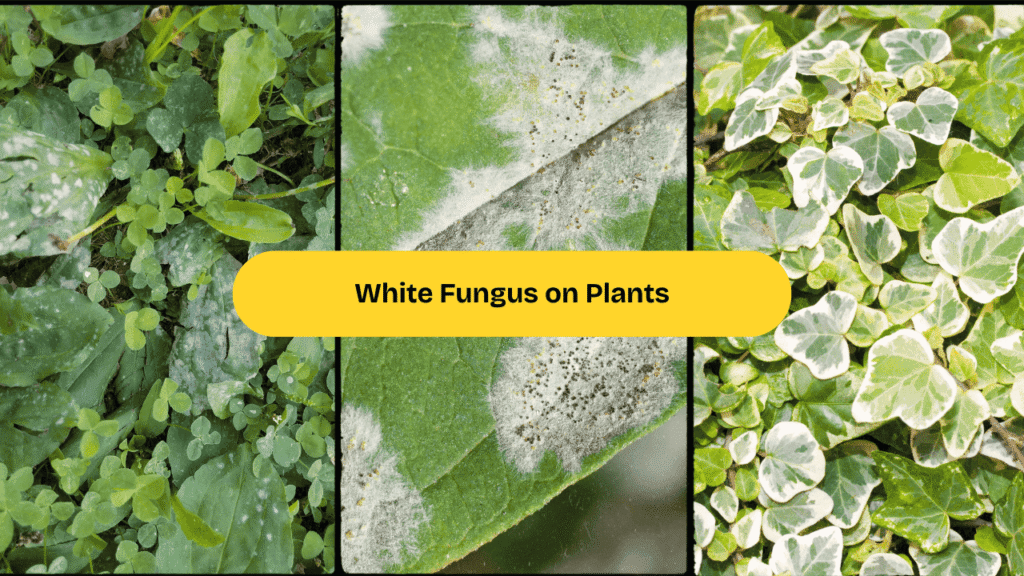
If you’ve ever walked out to check on your garden only to spot a strange white powder coating your plants, you’re not alone. I remember the first time I saw white fungus on my rose bushes—I thought it was just dust or maybe some leftover fertilizer. But nope, it turned out to be something more troublesome: white fungus on plants, often known as powdery mildew or mold.
This common garden issue affects everything from vegetables and flowers to shrubs and even trees, especially in areas with warm days, cool nights, and high humidity—pretty much a perfect recipe in many parts of the U.S., especially during spring and fall. It doesn’t just make your plants look sickly—it can actually weaken them, affect blooms, and stunt growth if left untreated.
What’s frustrating is how fast it can spread. One day your tomato plant looks fine, and the next, it’s covered in a ghostly film. That’s why it’s important to understand what causes white fungus on plants, how to prevent it, and the safest ways to treat it—without harming your garden or the environment.
In this article, we’ll walk through everything you need to know about white fungus on plants—from identifying it early to using natural and chemical solutions that actually work. Whether you’re a new gardener or a seasoned green thumb, it’s time to get your plants back on track.
How to get rid of white fungus on plants?
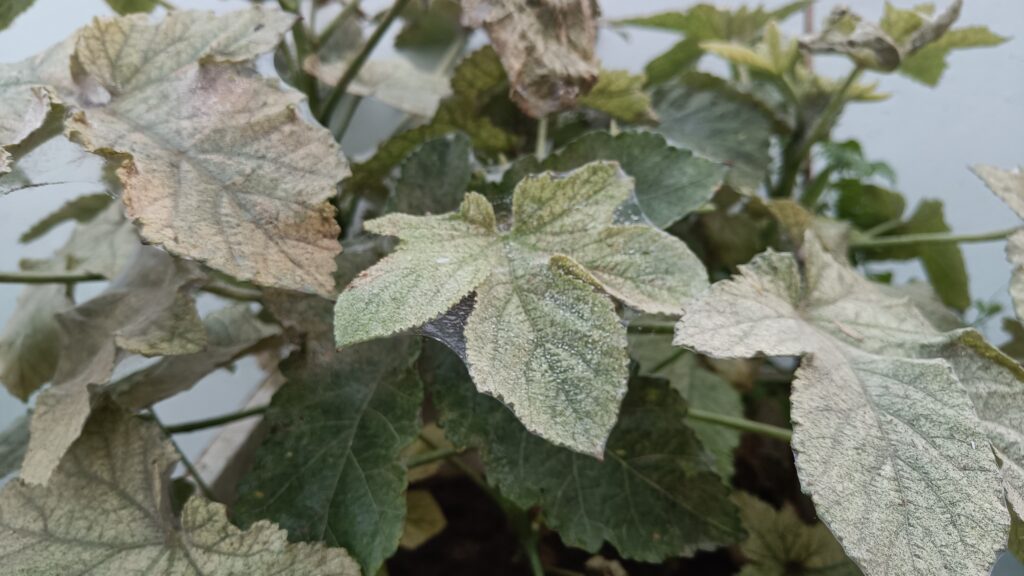
Figuring out how to get rid of white fungus on plants was a game-changer for me. The first time my zucchini leaves turned chalky white, I panicked. But after a few trials (and errors), I found some reliable ways to tackle it—and keep my garden healthy.
Start by pruning the affected leaves. White fungus thrives in dense, shady areas, so giving your plants good airflow is key. Always use clean, sharp tools and dispose of infected parts away from your garden to prevent spreading.
Next, try a natural remedy. I’ve had great results using a homemade spray of 1 tablespoon baking soda, ½ teaspoon liquid soap, and 1 gallon of water. Spray it directly on the leaves in the early morning, a few times a week. Neem oil is another effective organic option—it not only kills the fungus but also deters pests.
If the problem’s persistent, you might need a store-bought fungicide. Look for something labeled safe for edibles if you’re treating veggies or fruits. Just follow the directions carefully.
The key to getting rid of white fungus on plants is acting early and staying consistent. A little effort goes a long way in keeping your garden looking lush and fungus-free.
How to protect the plant from white fungus?

After dealing with white fungus on my tomato and cucumber plants a couple of summers ago, I quickly learned that prevention is just as important as treatment. If you’ve seen that powdery white coating before, you know how fast it can take over. Now, I follow a few simple steps to protect my garden before white fungus becomes a problem.
First, spacing is everything. I used to plant a bit too close, but proper airflow really helps keep leaves dry—fungus loves moisture. Water your plants early in the day and avoid soaking the leaves. I’ve switched to drip irrigation, and it’s made a huge difference.
Choosing disease-resistant plant varieties also helps. Many seed packets in the U.S. now note resistance to fungal diseases—totally worth checking before you buy.
Mulching around the base of the plants keeps soil moisture steady and prevents splash-up, which can spread spores. And I regularly mix in compost to boost soil health, giving plants the strength to fight off infections naturally.
Lastly, I keep an eye out for early signs of white fungus and act fast. A little garden vigilance goes a long way in keeping your plants strong, healthy, and fungus-free all season long.
Powdery Mildew a similar disease to white fungus

If you’ve spotted a dusty, white coating on your plant leaves and assumed it’s white fungus, you’re not wrong—but there’s a good chance it’s Powdery Mildew, one of the most common fungal diseases in U.S. gardens. I remember seeing it on my squash plants one summer and thinking it was just dust. Within days, the leaves started to curl and yellow. That’s when I learned Powdery Mildew is basically a form of white fungus, and it spreads fast.
Like white fungus, Powdery Mildew thrives in warm, dry days followed by cool, humid nights. It affects a wide variety of plants—from roses and zucchinis to grapes and even trees. The good news? You can treat and prevent both the same way.
Regular pruning, proper spacing, and watering at the base (not overhead) help reduce the chances of infection. I’ve also had success using neem oil and a baking soda spray to control early outbreaks.
Understanding that Powdery Mildew is a type of white fungus really changed how I manage my garden. Now I stay ahead of it with prevention, rather than playing catch-up after it shows up. A little care goes a long way!
Powdery Mildew Treatment
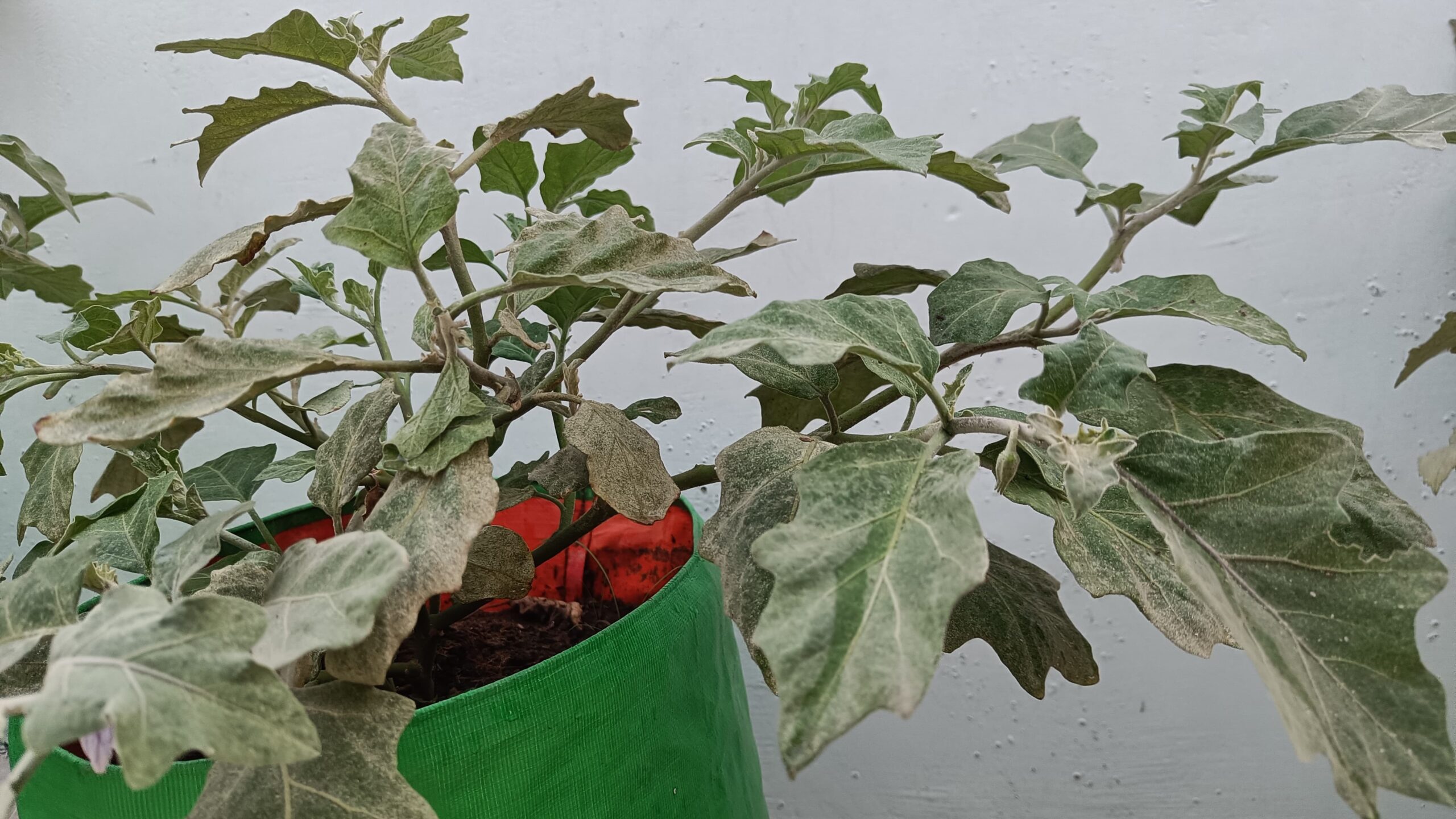
When I first spotted powdery mildew on my zucchini leaves—those white, powder-like spots—I knew I had to act fast. This common garden problem can spread quickly, but thankfully, Powdery Mildew Treatment doesn’t have to be complicated or expensive.
I started with pruning. Removing the infected leaves gave my plants better airflow and stopped the fungus from spreading. Always use clean shears and throw the infected parts in the trash, not the compost!
Next, I tried a simple DIY remedy that worked wonders: 1 tablespoon of baking soda, ½ teaspoon of liquid dish soap, and 1 gallon of water. I sprayed this mix directly on the leaves every few days, and within a week, the mildew started fading. Neem oil is another great organic option that’s worked for me, especially when I want to avoid harsh chemicals around edible plants.
For more severe cases, I’ve used a store-bought Powdery Mildew Treatment labeled safe for vegetables and flowers. Just follow the instructions closely.
The key is catching it early and staying consistent. Whether you’re growing in the backyard or on a balcony, treating powdery mildew promptly will help keep your garden thriving and looking its best.
Conclusion
Dealing with white fungus on plants can be frustrating, especially when you’ve poured so much love and time into your garden. I’ve been there, walking out one morning to find my once-healthy plants dusted in white and wondering where I went wrong. But the good news is, white fungus isn’t the end of the world. With the right knowledge and a little effort, you can bring your garden back to life.
From identifying the early signs to using natural remedies like baking soda spray or neem oil, there are several effective ways to manage and prevent white fungus. Keeping your plants well-spaced, watered at the base, and pruned for airflow really makes a difference—I’ve seen it firsthand in my own backyard.
Whether you’re a beginner or a seasoned gardener in the U.S., remember: consistency is key. Stay vigilant, act early, and don’t be afraid to try different methods to see what works best for your space and climate.
At the end of the day, every gardener faces challenges. Learning how to handle white fungus is just one more step toward creating a thriving, healthy garden you can be proud of.
Frequently Asked Questions
White fungus is a powdery growth on leaves and stems, often caused by powdery mildew, common in warm, humid weather.
Use a baking soda spray or neem oil, and remove infected leaves to stop the spread.
Yes, it can weaken plants, reduce yield, and make them more prone to other issues.
Yes, it spreads fast through spores, especially if plants are crowded or wet.
Space plants well, water at the base, and choose resistant varieties to keep fungus away.
Table of Contents
- White Fungus on Plants
- How to get rid of white fungus on plants?
- How to protect the plant from white fungus?
- Powdery Mildew a similar disease to white fungus
- Powdery Mildew Treatment
- Conclusion
- Frequently Asked Questions
- Mona Lavender Plant: Complete Growing Guide for Beginners
- Alocasia Stingray Plant Guide: Tips for Healthy Growth
- Pink Lilly Flower: Growing and Caring for Pink Lillies

